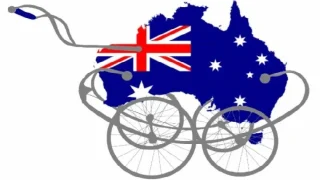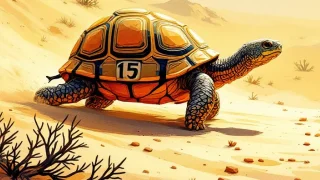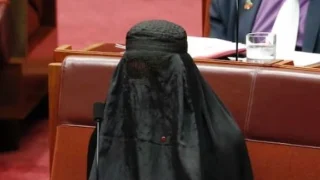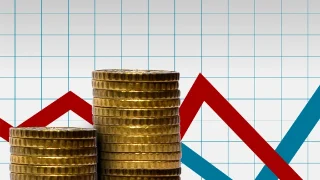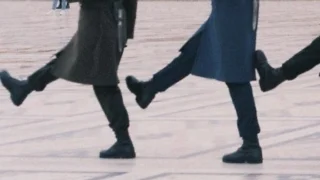
This is the first of three papers in the series ‘Restoring Self-Reliance in Welfare’ analysing whether and how the welfare state might be transformed to give ordinary people more control over key areas of their lives which are currently managed for them by government. It demonstrates that, to a large extent, we no longer need the welfare state, for most people could afford to buy most of the services they need if only they were not taxed so highly to pay for the services the government wants them to have.
The second report, Six Arguments in Favour of Self Funding, explains why we should replace it with greater use of self-funded benefits and services. The third report, Twenty Million Future Funds, explains the economic and social reasons for reducing tax welfare churning by allowing people to retain more of their income in return for reduced use of government benefits and services. This requires lower taxes and increased use of personal savings, loans and insurance.
- One hundred years ago, when average real wages were much lower than today, many people needed help with the costs of health care, old age and income insurance, although a majority of the population still managed to provide for its own needs with relatively little reliance on government.
- In the last 40 years, real incomes have doubled, reducing the need for government assistance. Yet it is in this period that welfare state spending has escalated. The expansion of the welfare state has therefore occurred at precisely the time when the need for government support has been falling away. The welfare state is like a machine that was set running 100 years ago to meet a requirement that is no longer there.
- Government now spends $80 billion every year on welfare payments, and another $94 billion on services such as health and education. This spending absorbs two-thirds of all the federal and state taxes raised each year.
- Although they do not always realize it, many people who use welfare state benefits and services finance most or all of what they receive through the taxes they pay (‘simultaneous churning’). These people could by-pass the welfare state altogether if they were allowed to retain their money and buy the services they want out of their own pockets.
- Simultaneous churning is less marked at the extremes of the income distribution, for households in the bottom third of the income distribution rely quite heavily on welfare state transfers. This is why people think scrapping the welfare state would lead to widespread destitution.
- However, the people comprising the poorest third of households change all the time. Poor net recipients of welfare at one time become affluent net tax donors at another, so over a whole lifetime, they too may end up financing many of their own benefits (‘lifetime churning’).
- At least half of all welfare state spending goes on churning. That is, it is money paid by individuals at one time and reclaimed by the same individuals at the same time or at a later date. The welfare system is like a giant piggy bank.
- If the money that is churned could all be left in taxpayers’ pockets, at least $85 billion would be released for tax cuts. This would allow personal income tax to be cut to a flat rate of 10% with the first $20,000 of earnings not taxed at all, which would enable many people to self-fund their health and welfare needs.
- The other half of the current welfare state budget could still then be used to supplement the purchasing power of those who cannot afford to buy the services they need without some additional help.
It may not be possible to eliminate churning altogether, but a move towards self-funding would involve a combination of personal savings accounts, insurance and loans to spread personal incomes over the life course. The end result would be that ordinary people would re-establish control over how their own money is spent.
Professor Peter Saunders is Social Research Director at The Centre for Independent Studies and author of Australia’s Welfare Habit: And How to Kick It (2004).


